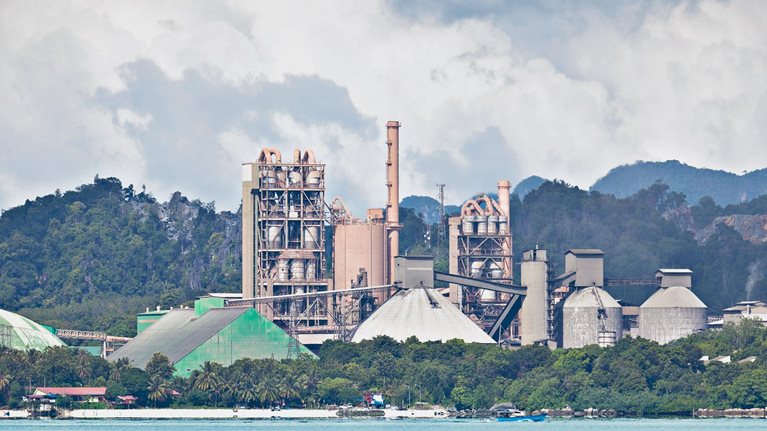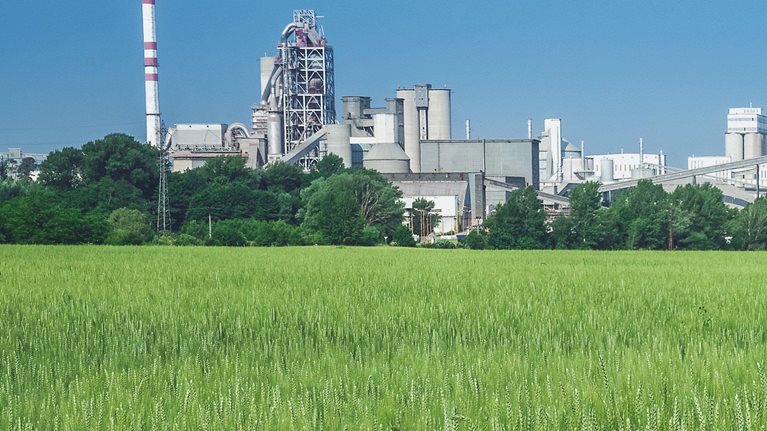The built environment is a powerhouse for change: While it is a significant contributor to emissions, accounting for nearly 40% of global energy-related carbon dioxide emissions, it also offers one of the greatest opportunities to drive the transition to net zero. The World Economic Forum–McKinsey collaboration on sustainability in the built environment aims to explore pathways to close material loops and reduce emissions through disruptive solutions, while also investigating cross-industry opportunities and business models. As part of the Global Lighthouse Network, this initiative awards Sustainability Lighthouses in the Built Environment, which are celebrated at the Annual Meeting.
Transforming spaces for a sustainable tomorrow
Featured collaborations
Report
Circularity in the built environment: Unlocking opportunities in retrofits
This report highlights the untapped potential of circular practices in retrofitting to decarbonize the built environment and deliver substantial economic benefits. It identifies key themes for stakeholders and emphasizes the importance of adopting a systems approach to achieve large-scale impact.
Article
Circularity in energy-efficiency retrofits: Why it’s time to act
The energy-efficiency retrofit market is projected to grow by 8 percent year-over-year from 2024-50, expanding from $500 billion to $3.9 trillion. In anticipation of this extensive wave of retrofits, the built environment ecosystem must prioritize recirculating materials and reducing virgin material extraction.
Report
Circularity in the Built Environment: Maximizing CO2 abatement and business opportunities
This white paper offers strategies for a sustainable transition in the built environment, aligning with global development goals and addressing the urgent challenge of CO2 abatement, and serves as a call to action for leaders in both the public and private sectors.
Briefing Paper
Emerging insights for achieving circularity in the built environment
This briefing paper provides emerging insights into how circular solutions can reduce embodied carbon and create new value pools.
Blog
How circularity can increase profits in cement and concrete
Concrete and cement, which account for approximately 7% of global CO2 emissions and 30-40% of solid waste, are facing several trends with potentially far-reaching cost implications.
Blog
Circularity: A key enabler to reach net-zero in cement and concrete
Cement, and by extension concrete, is the linchpin of the built environment. Global demand for it has nearly tripled in the last 20 years, and estimates suggest it will continue to grow through 2050 if no action is taken.
Insights from industry leaders
Article
From trials to triumphs in building materials circularity: Takeaways from Davos
-
Demand for low-carbon buildings could be three times higher than supply, thereby driving the circular transition. This is just one finding from our panel on circularity in the built environment at the 2024 annual meeting of the World Economic Forum.
Report
Building value by decarbonizing the built environment
-
Accelerating decarbonization in the built environment is essential for a sustainable future, but industry challenges need to be addressed for solutions to scale.
Article
The circular cement value chain: Sustainable and profitable
-
Concrete and cement circularity could allow industry to rein in costs and reduce emissions, adding untapped value to the built environment.
Article
Decarbonizing cement and concrete value chains: Takeaways from Davos
-
How can the cement and concrete industry reach net-zero emissions by 2050? McKinsey hosted panelists at the World Economic Forum Annual Meeting 2023 in Davos to offer their insights.
Article
The cement sector’s net-zero transition: Higher costs and demand shifts
-
For cement companies and their value-chain partners, opportunities for value creation could arise as customers look for low-emissions building materials.
Article
Laying the foundation for zero-carbon cement
-
The cement industry is a top source of CO2 emissions, but abatement pressures could prompt efforts to reimagine the business.
Article
Green growth avenues in the cement ecosystem
-
Collaboration across the value chain is pivotal to decarbonizing the built environment—and it needs to start today.
Article - McKinsey Quarterly
Reimagining industrial operations
-
Through innovation, advanced analytics, digitization, electrification, and process efficiencies, carbon-intensive operations underpinning the global economy can shape a more sustainable future.
Article
The 21st-century cement plant: Greener and more connected
-
The cement plant of the future will embrace digitization and sustainability trends to earn a competitive advantage and build resilience.
Article
Accelerating green growth in the built environment
-
The industries that make up the built environment are highly fragmented and slow to change. Creating green growth requires shifts in how players design, build, operate, and decommission assets.
Article
Decarbonizing the built environment: Takeaways from COP26
-
How can the cement and construction industry achieve net zero by 2050? Here are the key takeaways from a roundtable discussion McKinsey hosted at the COP26 Climate Change Conference.
Article
Artificial intelligence helps cut emissions and costs in cement plants
-
AI can help optimize energy consumption and throughput of cement kilns and mills by improving equipment productivity in view of rising environmental concerns and CO2 costs.
Our People
Senior Partner, Helsinki
Partner, Munich
Partner, Stockholm

Senior Associate, Munich














